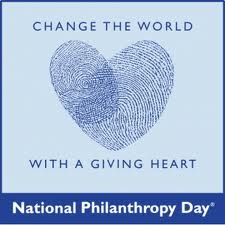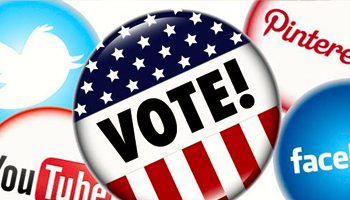 A few weeks ago, a dear old friend of mine from Central Illinois came up to Chicago to visit. His name is Bill McGrath. He is a defense attorney whose heart bleeds more than most for the plight of people. We met downtown for Sunday brunch and talked about the good old days and caught up on where our lives are today. Not only is he still defending people who can hardly afford counsel, but he has fallen in love with his local non-profit homeless shelter and soup kitchen. It was in that conversation about his new-found non-profit passion that he helped me figure out what I am telling all of my friends and family what I want for Christmas.
A few weeks ago, a dear old friend of mine from Central Illinois came up to Chicago to visit. His name is Bill McGrath. He is a defense attorney whose heart bleeds more than most for the plight of people. We met downtown for Sunday brunch and talked about the good old days and caught up on where our lives are today. Not only is he still defending people who can hardly afford counsel, but he has fallen in love with his local non-profit homeless shelter and soup kitchen. It was in that conversation about his new-found non-profit passion that he helped me figure out what I am telling all of my friends and family what I want for Christmas.
In our brunch conversation Bill was picking my brain about fundraising issues. It was at this point that he shared with me his reluctance around asking other people for money. He recalled a funny story that he recently read in an online article at the Smithsonian’s website. The story is titled “Found: A Time Capsule at the National Zoo” and there is a section of that story that talks about Zoo Director William Man including a few quirky and interesting approaches to fundraising.
Here is an excerpt from that article that sticks in Bill’s brain as a funny fundraising story:
“Back when the Elephant House was built, Mann was famous for his grand collecting expeditions and offbeat fund-raising antics—he routinely brought animals to budget meetings with the Smithsonian regents and once trained a myna bird to keep asking, “How about the appropriation?” Along with his wife, Lucy, who wrote popular books and articles about their journeys, “Doc” Mann built the Zoo into one of international renown, expanding its collections and advancing standards of care for captive animals nationwide.”
Did you catch that? The zoo director trained a myna bird to assist him with asking other people for money. Wow! Now that is a visual, and I have been laughing about this story for weeks. (I encourage you to go back to the link in the previous paragraph and click-through to read the entire article.)
 So, I’ve decided that if William Mann could train a myna bird to participate in fundraising solicitations, then there is nothing wrong with me asking for a “fundraising parrot” for Christmas. I could start legitimately calling myself a “fundraising pirate. LOL
So, I’ve decided that if William Mann could train a myna bird to participate in fundraising solicitations, then there is nothing wrong with me asking for a “fundraising parrot” for Christmas. I could start legitimately calling myself a “fundraising pirate. LOL
OK OK OK . . . I’ve had my fun this morning, and hopefully I’ve helped some of you take a moment and smile. However, I do think this blog post raises a few very serious questions that you may want to consider heading into next year:
- What can you do (short of training myna birds and parrots) to provide better support to your fundraising volunteers heading into 2013?
- What “props” do your fundraising volunteers need and want to help them make more effective face-to-face solicitations of their social network?
- What mental picture do your volunteers have in their heads of the resource development – fundraising – philanthropic process? If it isn’t a very good picture, how can you help change that in 2013?
I also think this blog post raises some less serious questions such as “What kind of ‘fundraising present’ do you want this holiday season?” If not a fundraising parrot, maybe it could be a donor-centered fundraising dog or a pick-pocketing monkey?!? LOL
Please take 60 seconds out of your very busy day and indulge in a little bit of fun. Scroll down and use the comment box to weigh-in on some of the silly questions. Or if you’re in a serious mood, then use the comment box to answer some of the serious questions that I pose above.
Here’s to your health!
Erik Anderson
Founder & President, The Healthy Non-Profit LLC
www.thehealthynonprofit.com
erik@thehealthynonprofit.com
http://twitter.com/#!/eanderson847
http://www.facebook.com/eanderson847
http://www.linkedin.com/in/erikanderson847


















